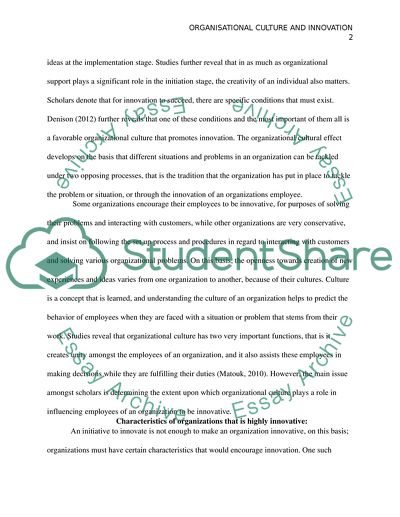Cite this document
(“Organizational Culture Essay Example | Topics and Well Written Essays - 2250 words”, n.d.)
Retrieved from https://studentshare.org/social-science/1633051-organisational-culture
Retrieved from https://studentshare.org/social-science/1633051-organisational-culture
(Organizational Culture Essay Example | Topics and Well Written Essays - 2250 Words)
https://studentshare.org/social-science/1633051-organisational-culture.
https://studentshare.org/social-science/1633051-organisational-culture.
“Organizational Culture Essay Example | Topics and Well Written Essays - 2250 Words”, n.d. https://studentshare.org/social-science/1633051-organisational-culture.


